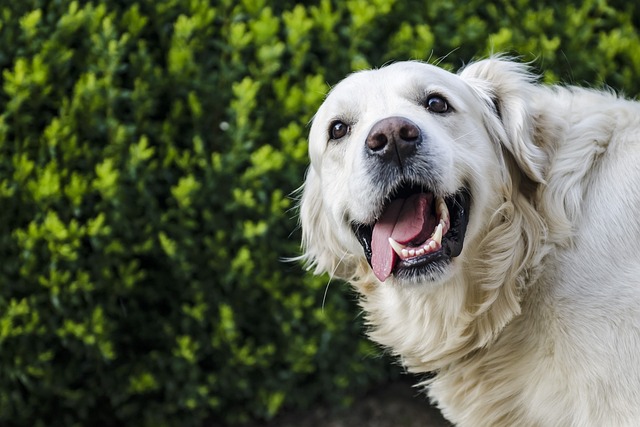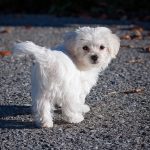Dogs convey their emotions through body language, yet interpreting their signals accurately can be challenging. Understanding your dog’s communication is crucial for fostering a strong bond. While each dog has unique communication nuances, they commonly use specific postures to express their feelings. When deciphering a dog’s body language, it’s vital to consider the entire body’s role in signaling. For instance, a wagging tail doesn’t necessarily denote happiness if the rest of the body appears stiff. From ears and facial expressions to paw placement and tail movement, every aspect contributes to your dog’s emotional state. Here are fundamental dog body language cues to help you interpret your furry friend’s messages: Relaxed Dog Body Language: A relaxed dog is engaged and exhibits a loose, waggy posture. Common signs of a relaxed dog include: Ears: Held naturally, pointed ears stand straight, while floppy ears hang slightly forward. Eyes: Soft with a neutral forehead, devoid of wrinkles. Mouth: Closed without tension, or open in a relaxed pant during activity. Tail: Wagging in a wide, sweeping motion, even with the spine or slightly higher during play. Examples of relaxed dog body language:
A joyful senior black dog stands in a sunlit field, its tongue happily lolling out. The fur on the dog’s face reflects contentment, and the relaxed posture suggests a moment of sheer happiness in the great outdoors. The black coat glistens in the sunlight, and the overall image radiates the pure joy of a well-loved canine companion enjoying a beautiful day.
Closeup of a golden retriever face with an open mouth and slightly closed eyes. Alert Dog Body Language: An alert dog assesses its surroundings, displaying the following cues: Ears: Perked up and pointed forward. Indeed, the dog’s eyes being wide open conveys a sense of attentiveness and focus. When coupled with a forehead that is neutral and relaxed, it implies a state of calm alertness. The lack of wrinkles on the forehead is indicative of a lack of tension, underlining that the dog is in a tranquil and composed mental state. This interplay between open eyes and a serene forehead typically represents an alert and observant demeanor, devoid of any signs of stress or anxiety. It reflects a comfortable and relaxed state of mind for the dog. Mouth: Closed without tension. Tail: Extended from the body, possibly wagging slightly. Examples of alert dog body language: Brown German Pinscher standing alert in a dry field of grass. Border Collie at alert in a green field. Stressed or Nervous Dog Body Language: Stressed or uncomfortable dogs exhibit similar postures to nervous dogs, incorporating calming signals such as: Looking away Turning away Moving in a curve Slow movements Yawning Freezing Lip licking Sniffing the ground Raising one paw Scratching Shaking off Example of stressed or nervous dog body language: An anxious gray and white dog with one paw lifted, standing on a sidewalk. Fearful Dog Body Language: Fearful dogs display a stiff posture, possibly hunching over with these cues: Ears: Tucked back against the head. Eyes: Turned away with “whale eyes” (whites visible). Mouth: Tightly closed or panting without activity increase. Tail: Tucked against the belly, weight shifted away from triggers. Example of fearful dog body language: A black, white, and tan Chihuahua crouching with ears back, looking to the side in a field.
Appeasement Dog Body Language: Formerly known as submissive behavior, appeasement involves making the dog appear small and less threatening: Ears: Pinned back. Eyes: Avoiding eye contact and squinting. Mouth: Tension around the mouth, possibly an “appeasement grin” or frequent licking. Tail: Tucked or held low, moving in a slow, tight wag. Example of appeasement dog body language: Closeup of a German Shepherd’s face with squinted eyes and bared teeth. Aggressive Dog Body Language: Aggression can manifest in various forms, with these common indicators: Ears: Held differently based on aggression type. Eyes: Fixed gaze with a hard stare, forehead wrinkles. Mouth: Tension, raised upper lip, exposed teeth. Tail: Positioned based on aggression type, possibly raised high and twitching. Example of aggressive dog body language: Depends on aggression type, involving rigid posture, fur piloerection, and a forward-shifted stance.



